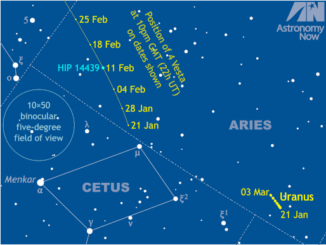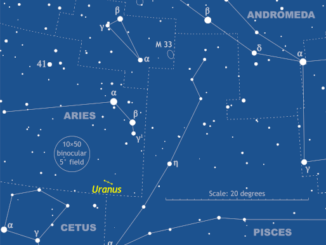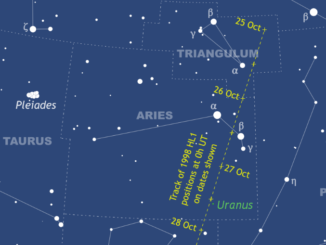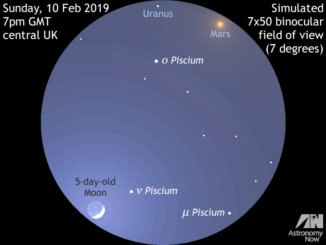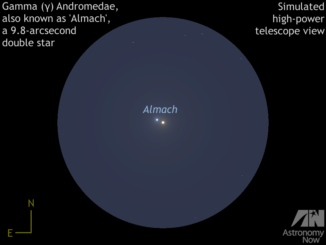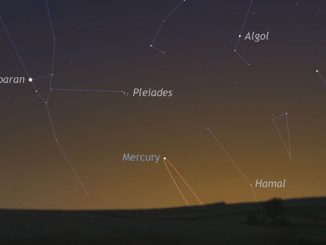
See planets Venus and Uranus get close at dusk on 8 March
Dazzling planet Venus continues to be a useful celestial signpost to other planets at dusk. Having already showcased Neptune and Mercury this year, the brightest planet has a close conjunction with Uranus on the UK evening of Sunday, 8 March. The pair lie just 2.2 degrees apart against the constellation backdrop of Aries, simultaneously visible in typical 10×50 binoculars.

